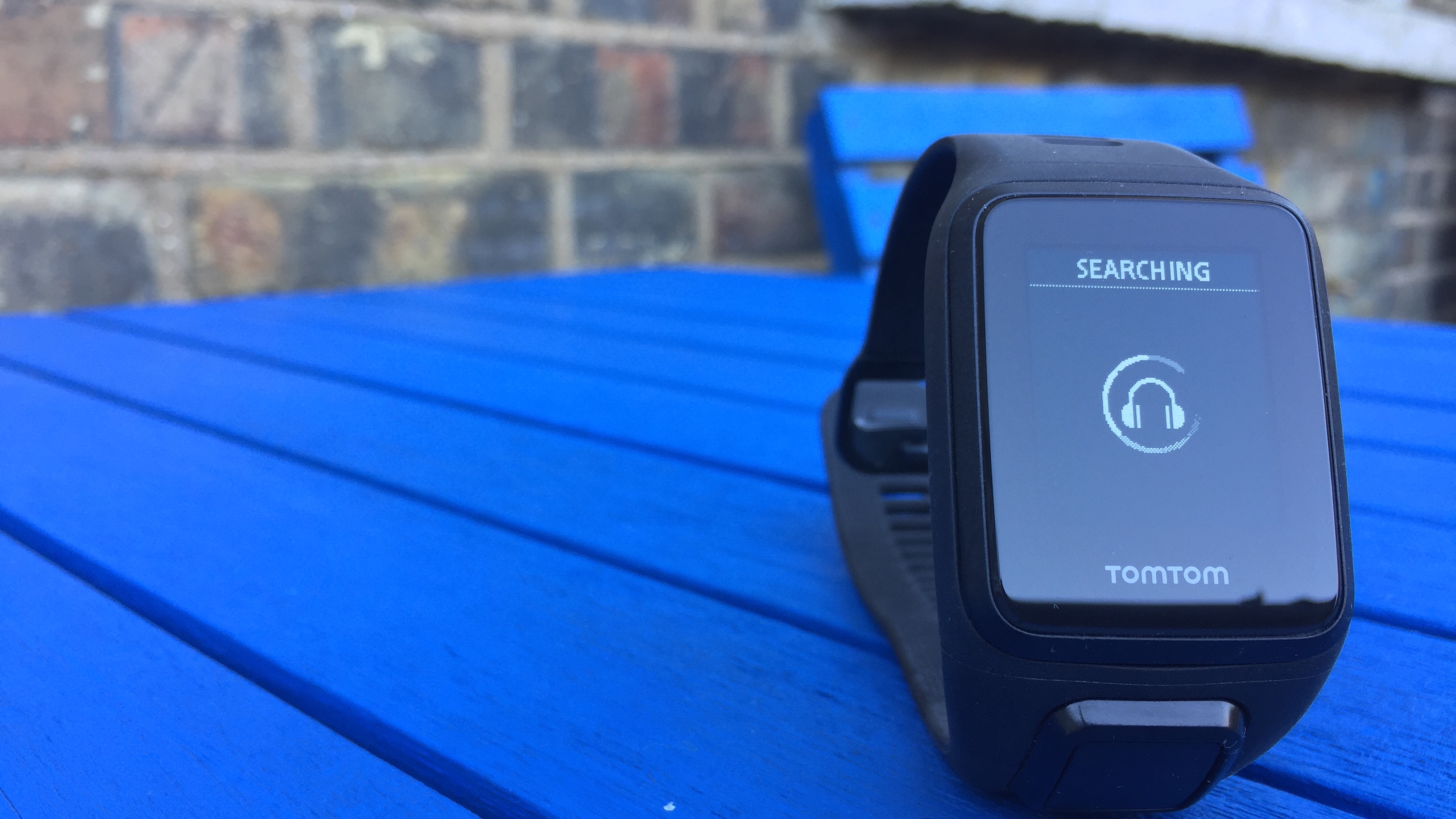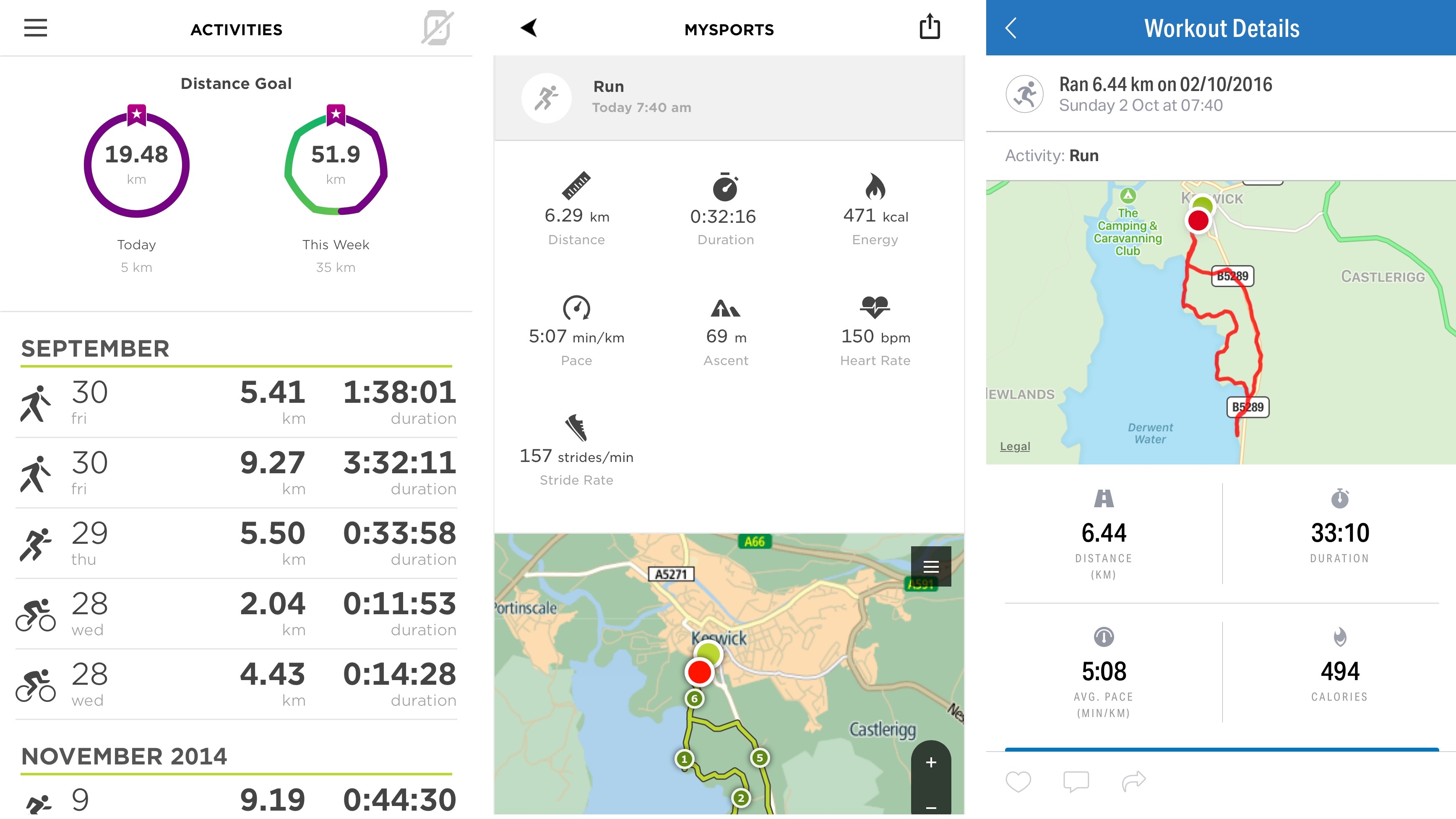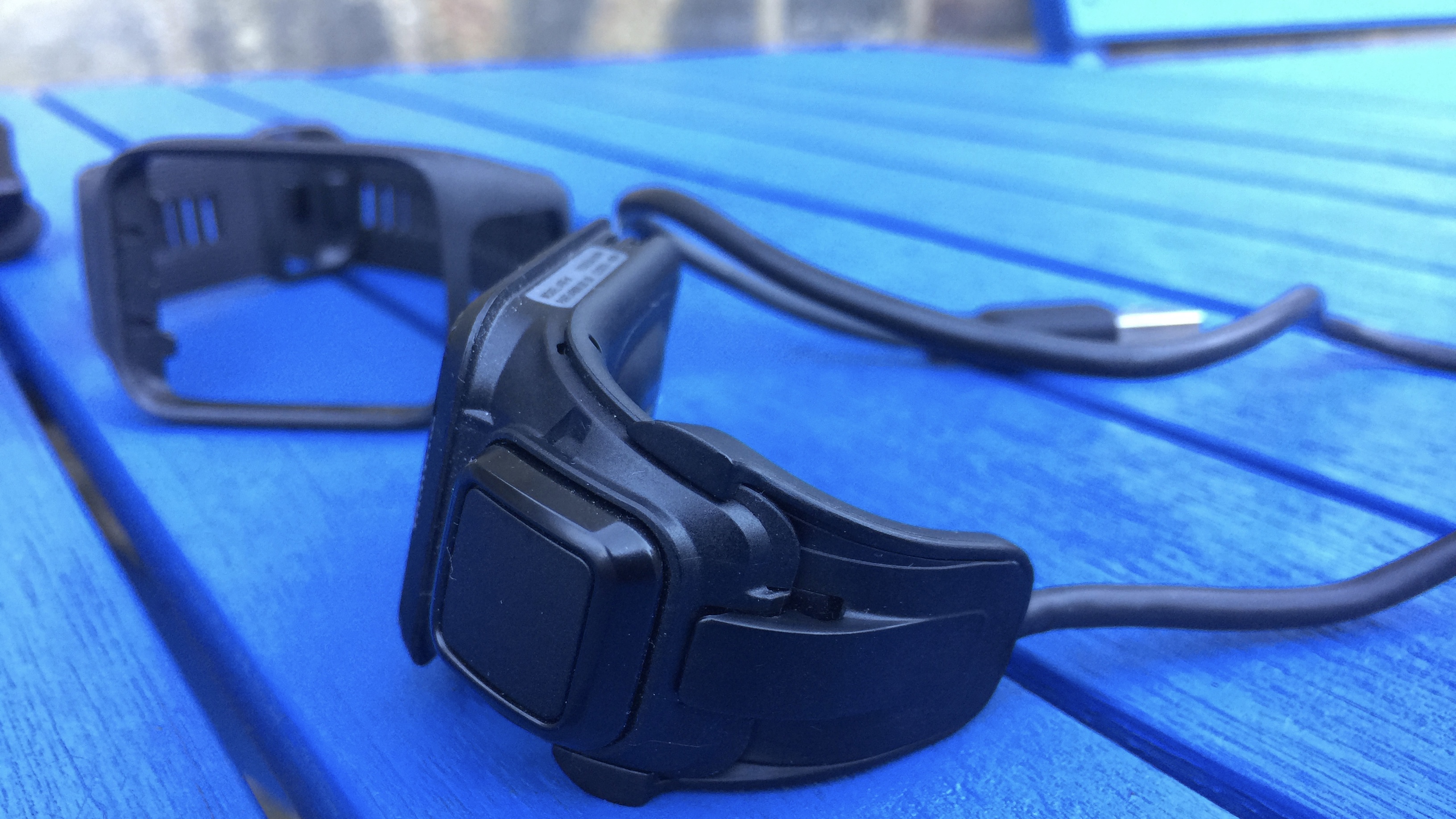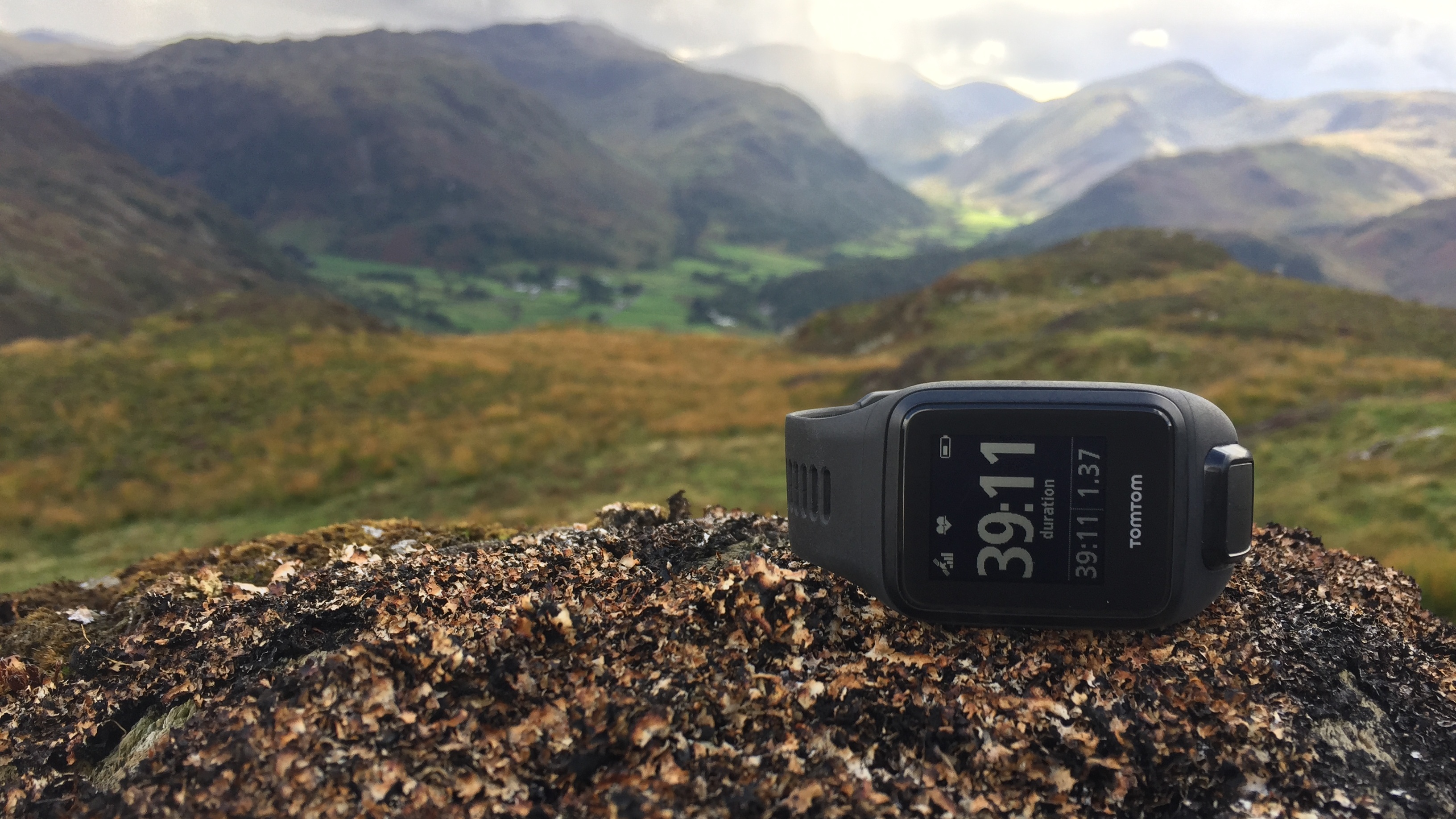Why you can trust TechRadar
- Easy to use, intuitive watch interface
- MySports app could offer more for serious runners
- Hit and miss data syncing between Spark 3 and mobile app
- Middling battery life
Music and headphones
Being able to leave your phone at home but still stream music is fantastically liberating, and while the Spark 3’s 3GB (500 song) capacity is smallish, we think it’s more than enough for most runner’s playlists.
At launch, TomTom Spark 3's on-board music storage was somewhat unique, offering phone-free music but with the Apple Watch 3, an increasing number of Android Wear watches, the Polar M600 and Samsung Gear Sport and Garmin's new Forerunner 645 all now providing either streaming via Spotify or Apple Music, or on-watch storage, this is no longer a big USP.
Uploading tracks requires a wired connection (Mac or PC), but it’s a simple case of drag and drop between devices. It works fine – in a 1999 kind of way – but we’re crying out for Spotify integration.
However, that requires a new level of DRM that we've heard TomTom has tried to implement, but not quite managed to figure out just yet. So... at least there's hope for the future.

Once loaded with music, it’s time to pair the Spark 3 with some Bluetooth headphones. Push the up arrow when on the time screen and the watch automatically searches for available headphones…but the rest isn’t always that simple.
With the exception of TomTom’s own Bluetooth headphones and, rather oddly, the office Naim Mu-So Qb, connecting to third party Bluetooth headphones was irritatingly difficult. Our favorite Bluetooth headphones – Plantronics Backbeat Fit - would connect only sporadically. Irritating.

Just as well then that TomTom’s own Bluetooth headphones connected every time. They’re not attractive to looks at, but the lightweight over ear, behind the neck design is extremely comfortable and secure. They’re also splash proof, so rinsing under the tap won’t kill them.
Sign up for breaking news, reviews, opinion, top tech deals, and more.
Sound quality however is average at best, with little in the way of bass and an overly bright delivery, sometimes verging on shrill. It isn’t a deal breaker, and given the great fit and £30/AU$50 price tag (or free with the Spark 3 in the US) they’re actually a bit of a bargain.
MySports Connect app
The general layout of the MySports app is clean and easy to navigate with basic stats, distance goals and individual workouts listed under the Activities tab.
Click on a workout and you’ll see a detailed breakdown of the run/cycle including a map, splits, heart rate (if used), pace, elevation and so on. It’s all very in keeping with Fitbit, Jawbone and Strava, and will feel instantly comfortable to a seasoned runner, but it doesn’t offer much beyond the basics.

You can download distance/time races from the MySports Connect site (allowing you to race against a pre-defined pace), but we’d prefer a 10km, half marathon, full marathon schedule to stick to.
It's annoying these have to be downloaded, rather than just being able to key in a pace to run to on the watch itself (a great feature on the Garmin range, for instance).
The bigger problem, though, is that the app and the Spark 3 don’t always reliably communicate, with the two often taking a while to connect over Bluetooth, or failing altogether on first attempt, which can make it a pain to sync your data.
Battery life
TomTom's official figures for the Spark 3 give five hours of continuous heart rate, GPS and music playback, eleven hours of just GPS, and up to three weeks of activity tracking/everyday wear.
While not spectacular, given the amount of battery draining technology that comes with music, heart rate and GPS, that number is more than acceptable and will provide most typical runners (even those training for a marathon) all the data tracking and entertainment they’ll need on their longest runs.

Or to put it another way, if you’re training and don’t need to charge the TomTom Spark 3 at least once a week, you could probably afford to squeeze in an extra run or two.
As TomTom’s figures suggest, it’s the heart rate tracker which is the biggest drain, as a three-and-a-half-hour hike in the Lake District using GPS and continuous heart rate tracking drained around 75% of the battery, while roughly the same walk a day later without heart rate tracking used just under 50%.
Current page: Music, compatibility, battery life and apps
Prev Page Specs, performance and fitness Next Page Verdict and competition